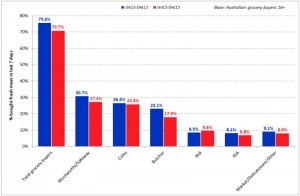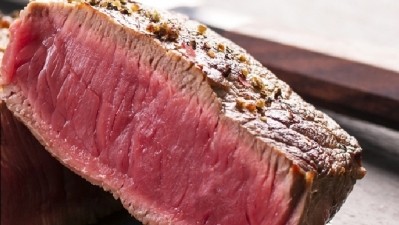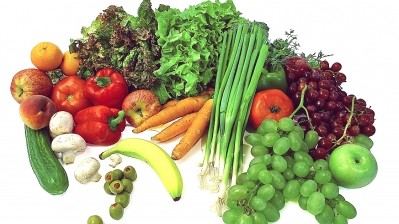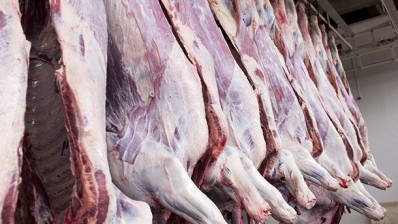Fall in meat-eaters prompts decline of the specialist Aussie butcher
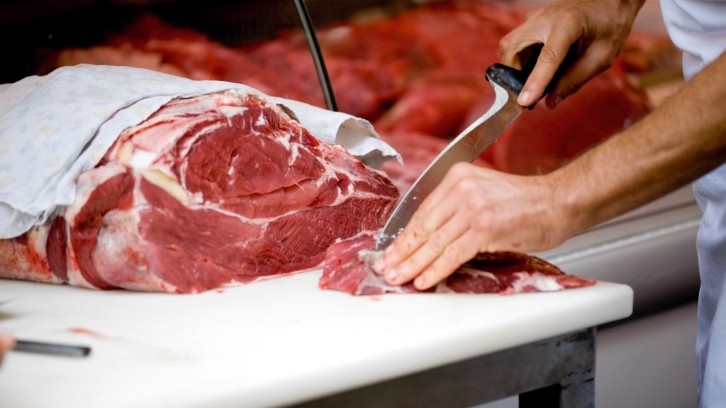
Between 2013 and the end of 2015, butchers’ sales fell from 23.1% to 17.9%, Roy Morgan Research found. Over the same period, the overall proportion of Australians shopping for fresh meat also fell, from 75.6% to 70.7%.
Aldi was the only major supermarket to have made any real gains in fresh meat sales over the last few years, with 9.6% of weekly meat shoppers last year, up from 8.5% in 2013.
Coles remained relatively stable, but Woolworths/Safeway (30.7% to 27.3%) and IGA (8.1% to 6.8%) experienced declines, as did markets and delicatessens (9.1% to 8.0%).
Traditional butchers, however, have seen the most significant decrease in customers, though they still hold a 23.5% share of the total fresh-meat market, due to the amount their shoppers spend in an average week of A$37 (US$26.50).
This is just ahead of the average fresh-meat spend of A$34 by shoppers at markets and delicatessens.
While Woolworth/Safeway accounts for a larger slice of the market (27.3%), their fresh-meat customers spend substantially less—at a weekly average of A$27 per shopper. This is also the case for those who buy their meat at Coles (A$25/23.2% market share) and IGA/Foodland (A$22/5.4% market share)
With its customers spending a weekly average of A$22, Aldi’s dollar share of the fresh-meat market is currently 7.6%.
“Despite their shrinking customer base, butchers are retaining a decent share of the overall fresh-meat market due to the above-average amount spent by those grocery buyers who continue to shop with them. But unless they can stem or reverse the decline in shoppers, it seems inevitable that butchers’ market share will erode,” said Roy Morgan’s Andrew Price.
“The supermarket situation is a little different. The proportion of grocery buyers purchasing fresh meat is decreasing at a slower rate and the customer volume is much higher. Whereas buying from a traditional butcher involves making a special trip, purchasing one’s meat at the same time as the rest of one’s groceries is much simpler.”
Woolworths is currently changing the role of its staff butchers, by bringing them to the front of store to sell pre-packaged meat and interact with customers rather than plying their trade out the back. This, according to price, suggests how the supermarket chain is pre-empting further declines.
“But with the number of Australians who are eating less red meat these days now surpassing 10.2m people, and the number of those pursuing a totally or almost vegetarian diet also rising over the same period, butchers and other players in the fresh meat market are facing challenging times,” he added.
